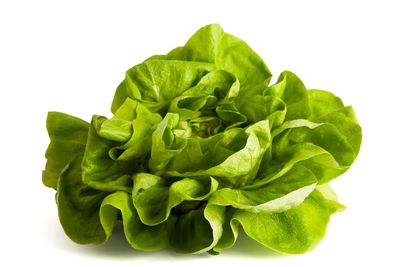What is Butter Lettuce?
Originating in Kentucky, butter lettuce (also known simply as ‘Bibb’) is a variety of crisp lettuce that forms a loose head as it grows. Due to its characteristic tenderness, butter lettuce is frequently used to add subtle flavor to salads, sandwiches, wraps, and more. Though it can be stored in the refrigerator for a short period of time, leaves of this lettuce are very delicate and more prone to wilt than some other lettuce cultivars.
Growing Bibb Lettuce
Growing butter or Bibb lettuce is very similar to growing any other type of lettuce, with the exception of space. While some lettuces can be grown intensively at a close spacing with success, it is best to allow at least a 12-inch (30.5 cm.) spacing between Bibb plants. This allows for the formation of the variety’s signature loose leaf head. In the early spring or fall, select a well-draining, sunny location. While the plants should receive at least six hours of sunlight each day, those living in warmer climates may need to plant lettuce in partial shade locations to protect plants from extreme heat. When growing lettuce, it is essential to consider how temperature will affect lettuce plantings. Although somewhat tolerant to cold and light frosts, ideal conditions for lettuce growth occur when temperatures are below 75 F. (24 C.). Higher temperatures may cause lettuce to become bitter and, eventually, cause the plant to bolt and produce seeds. Throughout the growing season, Butter Bibb lettuce plants require minimal care. Growers should monitor the plants for damage done by common garden pests such as slugs, snails, and aphids. Plants will require consistent watering; however, make certain that plants do not become waterlogged. With proper Butter Bibb lettuce care, plants should reach maturity in about 65 days.
